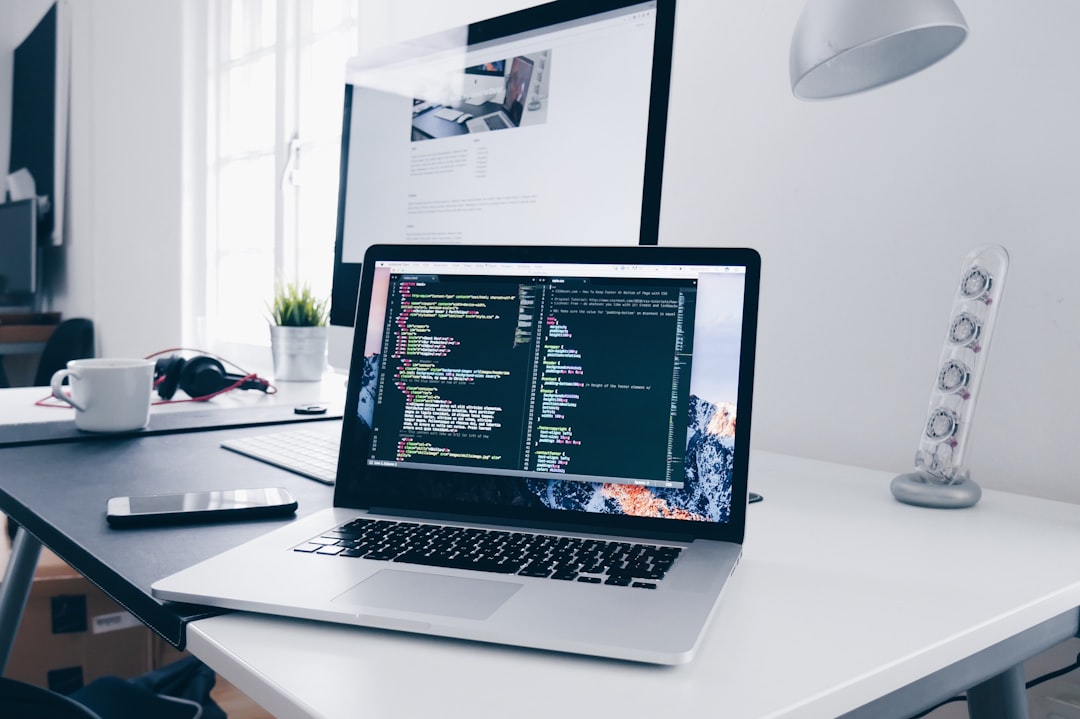Podcasting is an increasingly popular medium for storytellers, content creators, and thought leaders to share their messages with the world. For beginners, the journey into podcasting can seem daunting, especially when it comes to equipment. The right gear can make a significant difference in the quality of your audio, and ultimately, the success of your podcast. This guide is designed to streamline your podcasting setup with the must-have gear for starters, ensuring that your audio quality matches your content's value.
- Understanding the Basics of Podcasting Equipment
- Microphones: The Foundation of Clear Audio
- Headphones: Monitoring Your Sound
- Recording Devices and Software: Capturing Your Content
- Audio Interfaces and Mixers: Expanding Your Setup
- Acoustic Treatment: Enhancing Your Recording Environment
- Accessories: The Finishing Touches
- Conclusion: Building Your Podcasting Toolkit
Understanding the Basics of Podcasting Equipment
Before diving into the specifics of podcasting gear, it's crucial to understand the core components of a typical podcasting setup. The essentials include a microphone, headphones, a recording device or computer with recording software, and potentially a mixer or audio interface if you plan to record with multiple microphones or instruments.
Quality is key, and while you don't need to break the bank, investing in decent equipment can greatly enhance the listener's experience. Remember, poor audio quality can distract from even the most engaging content.
Related Posts:

10 Tips for Successful Podcast Marketing
Uncover top strategies for podcast promotion to enhance visibility and listener engagement. Click for expert marketing insights.
Microphones: The Foundation of Clear Audio
Dynamic vs. Condenser Microphones
When selecting a microphone, you'll encounter two main types: dynamic and condenser. Dynamic microphones are robust, less sensitive to sound pressure levels, and generally better for recording in less-than-ideal acoustic environments. They are a popular choice for podcasters, especially those recording in home studios or with background noise.
Condenser microphones, on the other hand, are more sensitive and provide a higher level of audio fidelity, which is excellent for capturing vocal nuances. However, they can pick up unwanted ambient noise, so they're best used in controlled studio environments.
USB vs. XLR Microphones
The connection type is another consideration. USB microphones are user-friendly, allowing you to plug directly into your computer without the need for additional equipment. They are a great choice for beginners due to their simplicity and relatively low cost.
XLR microphones offer a professional level of quality and versatility but require an audio interface or mixer to connect to your computer. While they come with a steeper learning curve and higher initial investment, they provide better sound quality and scalability for your setup.
Headphones: Monitoring Your Sound
Closed-Back vs. Open-Back Headphones
Headphones are indispensable in podcasting for monitoring your audio while recording and editing. Closed-back headphones are preferred for recording as they prevent sound from leaking into your microphone. They allow you to hear yourself and your guests without any interference from the outside environment.
Open-back headphones, while offering a more natural sound, can leak sound and are not ideal for recording situations. However, they can be beneficial during the editing process, as they provide a clear representation of how your podcast will sound to listeners.
Comfort and Durability
Comfort is an important factor to consider when choosing headphones, as you'll likely be wearing them for extended periods. Look for headphones with padded ear cups and adjustable headbands. Durability is also essential, as your headphones will be part of your daily podcasting gear. Investing in a sturdy pair that can withstand regular use is wise.
Recording Devices and Software: Capturing Your Content
Digital Audio Workstations (DAWs)
To record and edit your podcast, you'll need a digital audio workstation (DAW). There are several DAWs available, ranging from free options like Audacity to professional-grade software like Adobe Audition or Pro Tools. For beginners, a simple and intuitive DAW is the best place to start. As you become more comfortable with the recording and editing process, you can explore more advanced features and software.
Portable Recorders
If you prefer a more mobile setup or want the flexibility to record on the go, a portable recorder is a great addition to your podcasting gear. Devices like the Zoom H4n or Tascam DR-40 offer high-quality recording capabilities and can be used with external microphones for enhanced audio quality.
Audio Interfaces and Mixers: Expanding Your Setup
The Role of Audio Interfaces
An audio interface is necessary if you choose an XLR microphone. It serves as the middleman between your microphone and your computer, converting the analog signal from the microphone into a digital signal that your computer can use. For solo podcasters or those who don't require multiple microphones, a simple, one- or two-channel interface will suffice.
Integrating Mixers for Multiple Microphones
For podcasters looking to record with multiple hosts or guests, a mixer becomes an invaluable tool. Mixers allow you to control the levels, EQ, and panning of multiple microphones and can provide phantom power to condenser microphones. Some mixers also come with built-in effects and the ability to connect to a computer via USB, doubling as an audio interface.
Acoustic Treatment: Enhancing Your Recording Environment
Importance of Acoustic Treatment
Good acoustic treatment can significantly improve the quality of your recordings by reducing echo and reverb. While professional studios are designed with acoustics in mind, there are simple and affordable ways to improve the recording space in your home or office. Foam panels, bass traps, and diffusers can help absorb and scatter sound waves, leading to cleaner recordings.
DIY Solutions
If you're on a tight budget, there are DIY solutions for acoustic treatment. Everyday items like heavy curtains, bookshelves filled with books, and even strategically placed pillows can help dampen sound reflections. The key is to experiment with placement and materials to find what works best for your specific recording space.
Accessories: The Finishing Touches
Pop Filters and Wind Screens
A pop filter or windscreen is essential for reducing plosive sounds (like "p" and "b") that can cause peaks in your audio. These inexpensive accessories can make a world of difference in the clarity of your speech and are easy to install on most microphone stands.
Microphone Stands and Boom Arms
Stability and flexibility are crucial for microphone placement. A good microphone stand or boom arm allows you to position your microphone at the right angle and distance from your mouth, which is vital for consistent audio levels. Boom arms are particularly useful for podcasting as they can be attached to a desk, saving space and allowing for easy adjustments.
Conclusion: Building Your Podcasting Toolkit
Starting a podcast doesn't require an endless budget or professional studio space. With the right essentials, you can create high-quality audio content that resonates with your audience. Remember to prioritize the core components like a good microphone and headphones, and as your podcast grows, you can expand your setup with additional equipment and software.
As you embark on your podcasting journey, consider exploring additional resources to enhance your reach and engagement. For instance, our articles on "10 Tips for Successful Podcast Marketing", "Amplify Your Self-Published Books Reach with Podcasts", and "Podcast Power: How to Amplify Your Book's Reach" offer valuable insights into using podcasts to build your author platform.
Invest in the essentials, practice your craft, and don't be afraid to experiment. Your podcasting journey begins with a single step, and with the right equipment by your side, the path ahead is filled with endless possibilities. Happy podcasting!




